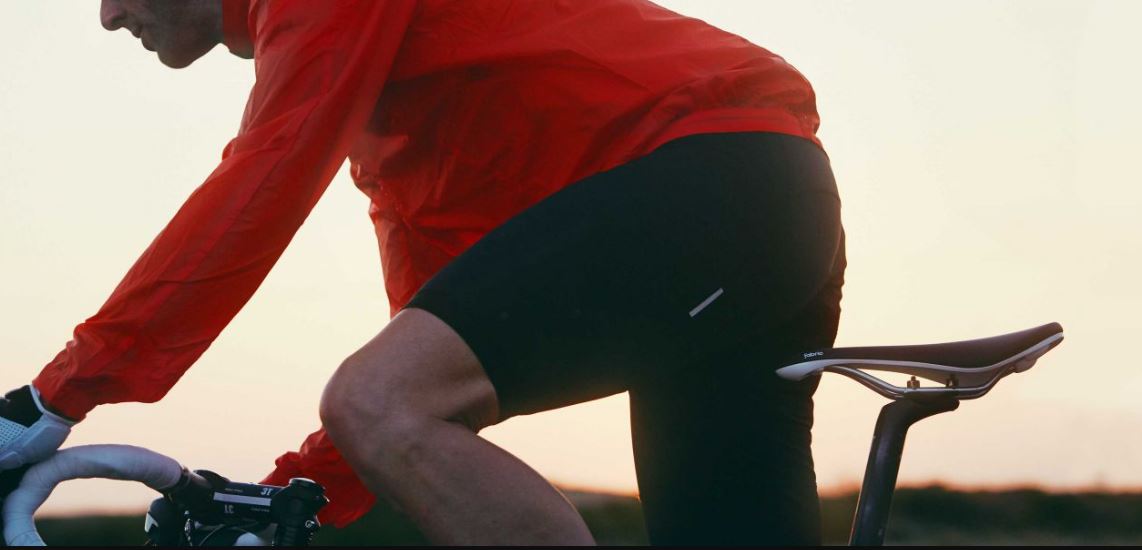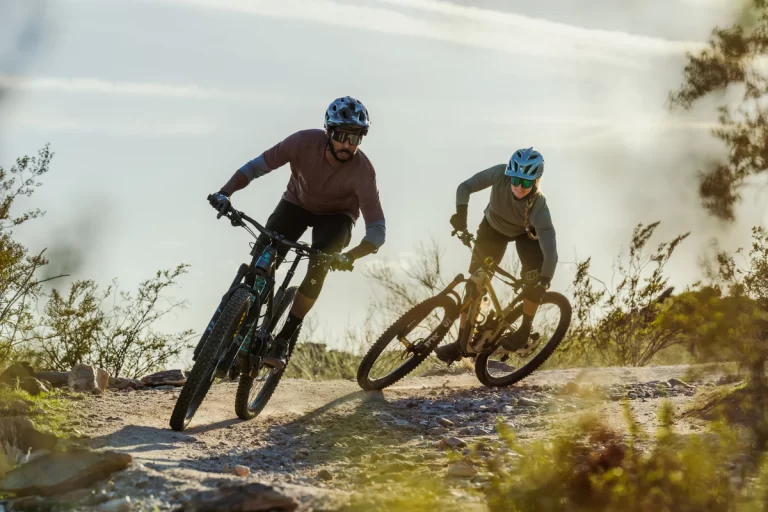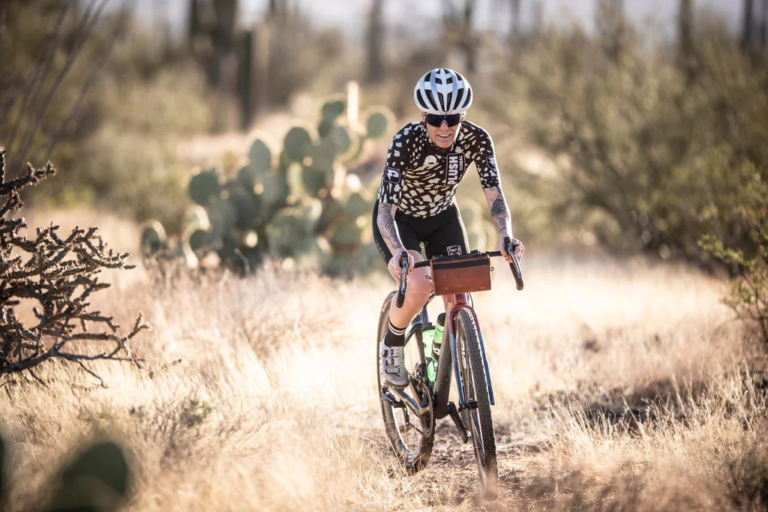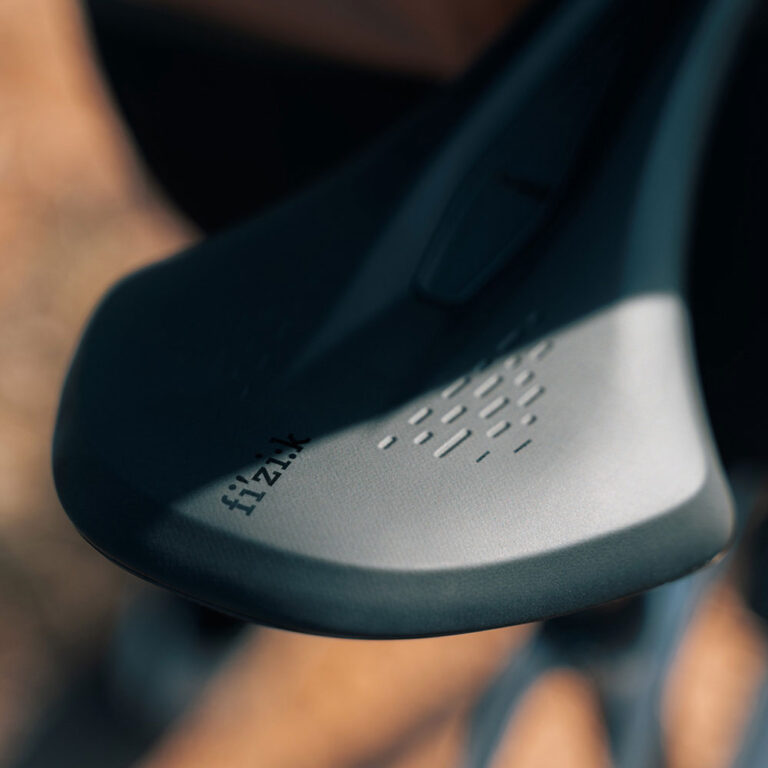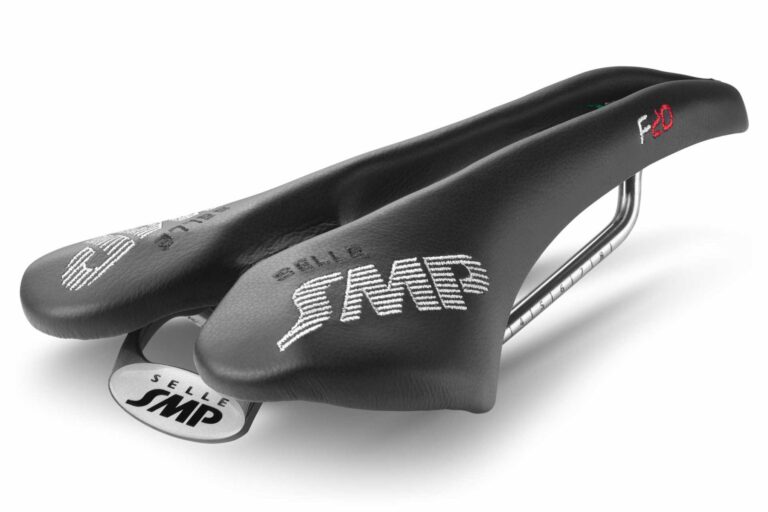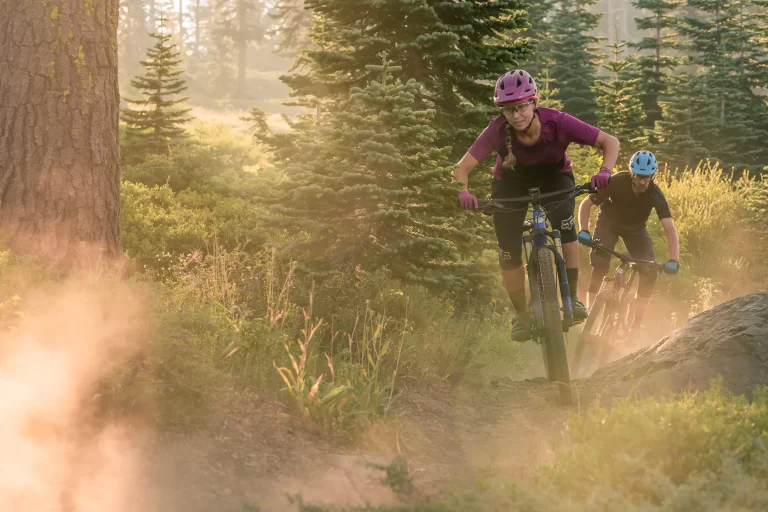Road Bike Saddles and Back Pain Solutions

Key Point Summary of Road Bike Saddles and Back Pain Solutions:
- Ergonomics Over Aesthetics: The right saddle fits your body, not just your bike.
- Adjustment is Key: Proper saddle height and angle can alleviate unnecessary strain.
- Material Matters: The construction of your saddle can impact your comfort and back health.
- Movement is Medicine: Incorporate off-bike exercises to strengthen your back and core.
- Personal Fit is Personal: What works for one may not work for another; customization is crucial.
Given the intricate nature and personalized experience of every cyclist with their saddle, and considering the evolving understanding of ergonomics and comfort in cycling, I’ve traversed many paths—literally and metaphorically—on two wheels. My journey through the terrains of road racing, mountain biking, gravel grinding, and cyclocross has taught me invaluable lessons about the symbiotic relationship between a cyclist and their saddle, especially when it comes to managing and preventing back pain. This article draws from that well of experience to guide fellow cyclists, from beginners to those with mid-level experience, toward finding harmony between their road bike saddles and their spine.
The Journey to Ergonomic Enlightenment
I remember my first road bike—a sleek, speed machine that promised to be my ticket to racing glory. However, the saddle, a slim piece of art, quickly became my nemesis on longer rides. It looked perfect but was a torment for my back. This early lesson was my introduction to the importance of ergonomics over aesthetics in choosing a bike saddle. A saddle that supports your sit bones properly and matches your riding style can make a significant difference in managing back pain.

The Art of Adjustment
A saddle too high leads to hip rocking and, subsequently, lower back strain. Too low, and you’re overworking your quads and stressing your lower back. The angle of the saddle is equally crucial—a tilt too far forward or back can shift your weight improperly, causing discomfort and pain. Experimenting with adjustments on long rides and consulting with more experienced riders helped me find that sweet spot where comfort meets efficiency.
Materials and Their Mysteries
Through my cycling odyssey across different disciplines, I’ve experimented with various saddle materials and constructions. From the traditional leather saddles that mold to your body over time to modern gel and foam options designed for immediate comfort, each material offers unique benefits. However, they also react differently under prolonged stress and environmental conditions. I’ve found that a well-ventilated, medium-firm saddle strikes the best balance for both comfort and performance, especially on long road rides where back pain can become pronounced.
Beyond the Bike: Movement as Medicine
One truth that my journey across different cycling disciplines has underscored is the importance of off-bike exercises to support on-bike performance. Lower back pain often stems from weaknesses or imbalances in the body that biking alone won’t fix. Incorporating core strengthening, flexibility, and mobility work into my routine has not only alleviated my back pain but also improved my efficiency on the bike. Yoga and Pilates became unexpected allies, offering relief and strength in equal measure.

The Quest for the Personal Fit
Perhaps the most personal lesson learned is that there is no one-size-fits-all solution to selecting a road bike saddle or addressing back pain. What worked miracles for a fellow racer at a cyclocross event left me sore and seeking alternatives. Engaging with a professional for a bike fit, testing different saddles, and being open to adjusting my riding style were all steps on the path to finding my ideal setup.
The Community’s Wisdom
Sharing experiences and solutions within the cycling community has been invaluable. From informal group rides to online forums, the collective knowledge of fellow cyclists is a treasure trove of insights. I’ve learned about the latest in saddle technology, ergonomics, and pain management strategies through these interactions. The camaraderie found in sharing war stories of back pain and the quest for the perfect saddle underscores the communal spirit of cycling.
Embracing the Journey
As I continue to explore new trails and roads, the relationship with my bike and its saddle evolves. What remains constant is the pursuit of balance—between comfort and performance, tradition and innovation, individuality and community advice. The journey towards a pain-free ride is both personal and universal, a series of adjustments and adaptations that reflect the ongoing dialogue between cyclist and cycle.

In closing, finding the right road bike saddle to prevent or manage back pain is a multifaceted endeavor that extends beyond the saddle itself. It encompasses ergonomics, bike fit, material choice, and the integration of off-bike exercises. Embracing this holistic approach has not only enhanced my comfort and performance but has also enriched my experience of cycling as a dynamic interplay between rider and machine.
There are several models renowned for their ergonomic design and comfort, which have gained popularity among cyclists looking to alleviate or prevent back pain. Here are a few highly regarded options:
- Specialized Power Comp Saddle with Mimic – This saddle is designed to reduce pressure in sensitive areas through its innovative Mimic technology, which adapts to your body to provide support where needed. Its design is conducive to a more comfortable riding position, potentially alleviating back strain.
- Fizik Aliante Gamma K:ium Rails Saddle – Fizik’s Aliante line is designed for flexibility and comfort, featuring a waved profile and generous padding that supports the sit bones effectively. This can lead to a more natural riding posture, reducing the risk of back pain.
- ISM PR 3.0 Saddle – ISM’s saddles are designed with a unique nose-less shape to reduce pressure on soft tissue, encouraging proper posture and reducing the likelihood of back pain. The PR 3.0 model offers ample padding and a slightly wider design, suitable for a variety of riding styles.

FAQ
How do I stop my lower back from hurting on a road bike?
Lower back pain: Ensure proper bike fit, strengthen core, stretch, adjust posture, and gradually increase riding distance.
How do I stop cycling saddle pain?
Saddle pain: Choose the right saddle, adjust its height and angle, wear padded shorts, and consider a bike fit.
How do you fix back pain from bike riding?
Back pain fix: Adjust bike fit, strengthen core and back muscles, stretch regularly, maintain good posture, and take stretching breaks on long rides.
Happy safe ride!
John
